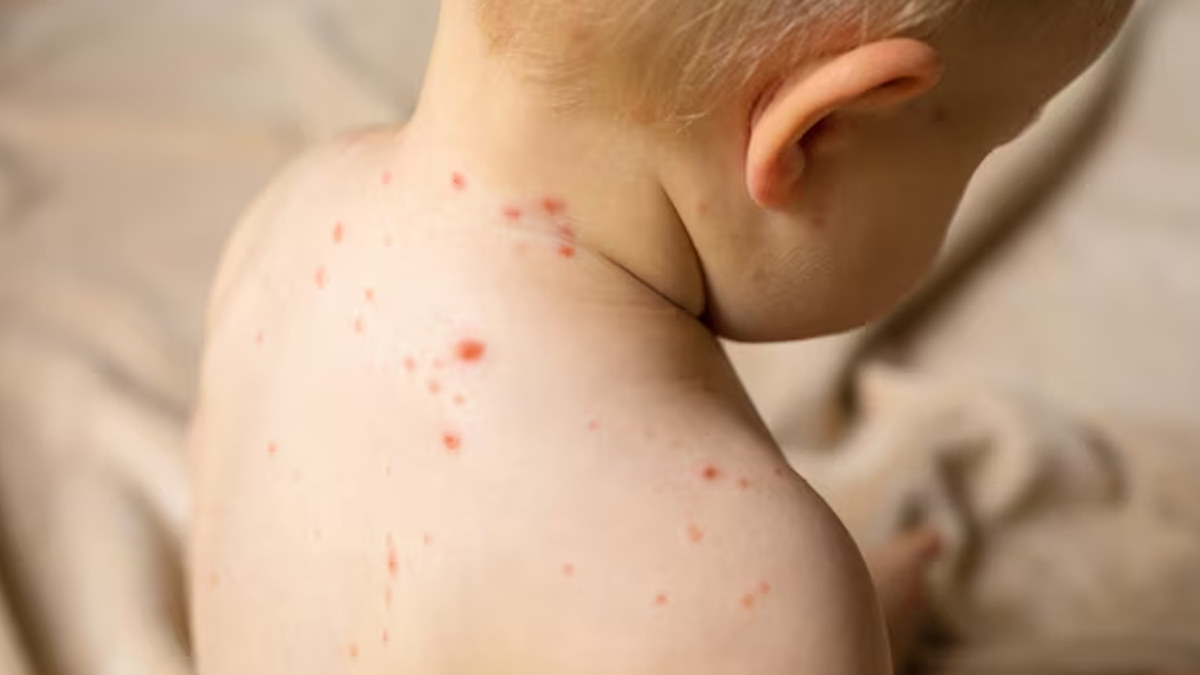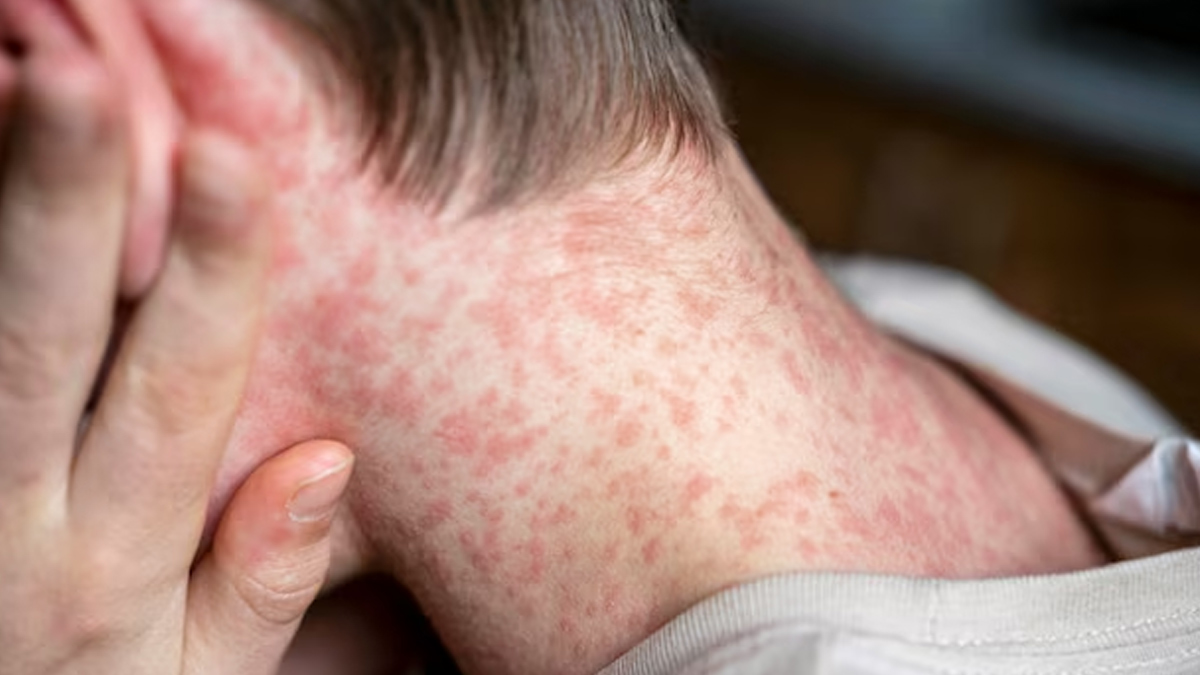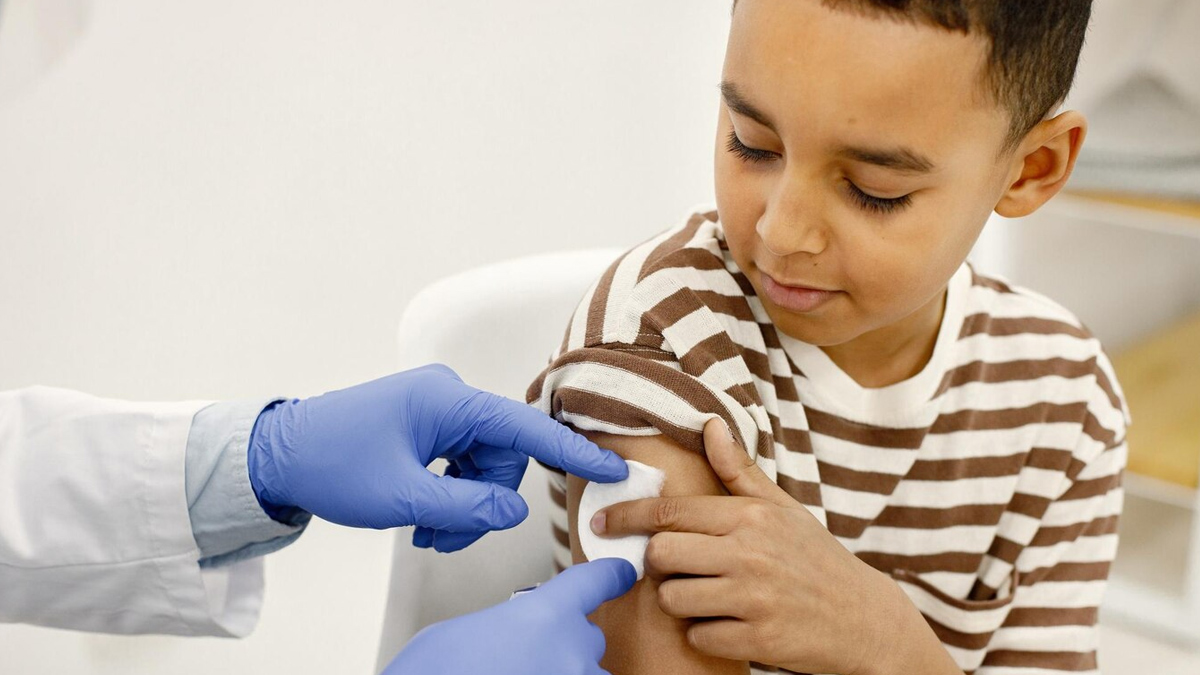
As of May 2025, the United States is dealing with its largest measles epidemic in more than two decades, with over 935 cases reported in 29 states. Texas has been hit hardest, contributing 683 cases and recording three deaths attributed to the disease, two of the victims being unvaccinated children. The outbreak is mainly due to falling vaccination rates and vaccine hesitancy.
Table of Content:-
One of the characteristic signs of measles is a rash that may spread all over the body. But it is difficult to identify a measles rash from other usual skin problems. To clear the air regarding this matter, the OnlyMyHealth team spoke with Dr Shireen Furtado, Senior Consultant – Medical and Cosmetic Dermatology, Aster CMI Hospital, Bengaluru.
Also Read: Measles Cases Surge To 683 In Texas, Health Officials Sound Alarm
Understanding The Stages Of Measles

Measles is a highly contagious disease that poses great risk to babies and young children. According to the US Centers for Disease Control and Prevention (CDC), measles symptoms appear 7-14 days after contact with the virus. Measles typically begins with:
- High fever (may spike to more than 104°)
- Cough
- Runny nose
- Red, watery eyes, or conjunctivitis
It is important to know that measles symptoms progress in stages. “It usually begins 3–5 days after the first symptoms, like fever and cough. The rash starts as flat red spots on the face, especially near the hairline, then spreads downward to the neck, trunk, arms, legs, and feet. Over a few days, the spots may become slightly raised and can merge into larger patches. As the rash spreads, the fever may peak. After about a week, the rash starts to fade in the same order it appeared, often leaving behind some skin peeling or discolouration. Throughout, the person may feel quite unwell,” Dr Furtado explained.
Key Characteristics Of Measles Rash

Differentiating a measles rash from other skin rashes can be tricky, but there are some telltale signs.
According to Dr Furtado, a measles rash usually starts on the face, especially near the hairline, and spreads downward to the rest of the body. “It begins as flat red spots that may merge together, and it's often accompanied by a high fever, cough, runny nose, and red, watery eyes,” she said.
One key clue is the appearance of tiny white spots inside the mouth before the rash shows up.
Where Do Measles Rashes Usually Appear?

A measles rash typically appears in different areas of the body at different times, following a predictable pattern. It usually starts on the face, especially around the hairline, then spreads downward to the neck, upper body, arms, legs, and finally the feet. This progression happens over about three days.
The rash often spreads in waves, so you might see it on the face while it’s just beginning on the chest. It’s not random, as it moves in a downward flow. This staged appearance, along with symptoms like fever and cough, helps doctors recognise it as measles rather than another rash.
Also Read: Vaccinated But Still Got Measles? Understanding How It Can Happen
Conclusion
Identifying measles rash is important for early diagnosis and treatment, particularly during the ongoing outbreak in the United States. The rash initially appears as flat red spots on the face, especially around the hairline, and spreads downward to the neck, trunk, arms, legs, and feet. This development takes around three days and is frequently combined with additional signs like excessive fever, coughing, running nose, and pink, watery eyes. Another characteristic prior to the appearance of the rash is the formation of small white dots within the mouth, Koplik's spots.
Recognition of these symptoms can help distinguish measles from other dermatological conditions and encourage people to visit the doctor, thus avoiding further spread of this extremely contagious disease.
Also watch this video
How we keep this article up to date:
We work with experts and keep a close eye on the latest in health and wellness. Whenever there is a new research or helpful information, we update our articles with accurate and useful advice.
Current Version